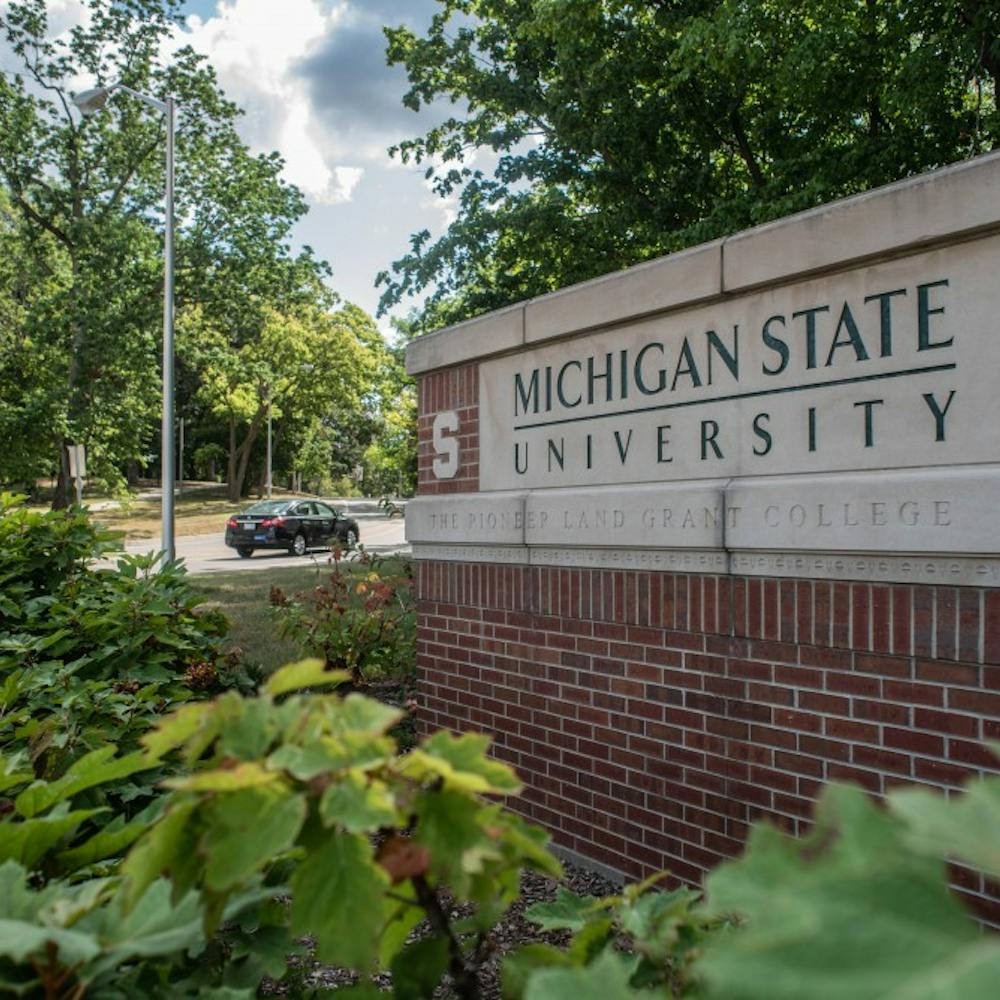When MSU doctoral student Raymund Narag noticed that Super Typhoon Megi would be hitting the Philippines — his home country — he immediately called his parents.
“I was a bit scared because that’s where my friends are,” Narag said. “I was really scared because they said it was going to be the strongest typhoon to hit the country this year.”
Megi hit the Philippines on Oct. 18. As of Monday, about 28 people had died as a result of the storm, according to The Associated Press.
The International Federation of Red Cross and Red Crescent Societies began appealing for about $4.3 million in relief aid for Filipino victims of the typhoon on Tuesday, according to ABS-CBN News, a Filipino news service.
The typhoon caused about $176 million in economic damage, according to ABS-CBN News.
None of Narag’s immediate family was injured by the storm, but some of his relatives and neighbors lost their homes, crops and livestock.
“Most of the houses were not made of cement,” Narag. “It’s very soft wood.”
Narag said waiting to hear about the impact of the storm was difficult.
“It took 14 hours for the typhoon to pass through and it was agonizing to sit through because of the experience last year,” Narag said. “We were really worried because if rains continued for more than 10 hours, a flash flood could develop.”
Typhoons Parma and Ketsana struck the Philippines last September and led to the deaths of about 500 people, according to The Associated Press.
Narag’s parents live in a valley in Tuguegarao City, in the province of Cagayan, which made them vulnerable to flooding.
“Most people think high winds are No. 1 in terms of damage,” said Shiyuan “Sharon” Zhong, an MSU associate geography professor and climatologist. “The high winds cause a lot of damage, but the biggest damage is typically caused by flooding and storm surges.”
Julie Winkler, a geography professor and applied climatology researcher, said using the Saffir-Simpson scale, which rates the strength of hurricanes, a super typhoon could be categorized as either a four or five.
“(The) damage level is referred to as extreme or catastrophic,” Winkler said. “You would expect to see quite extensive damage with this.”
Third-year graduate student Mary Joy Gordoncillo also has family in the Philippines. She said the Philippines is struck by storms multiple times a year.
“We’re on that side of the earth which unfortunately is always ravished by storms,” Gordoncillo said. “The good thing that comes out of it is that people become more resilient and more prepared.”
Normally, the typhoons are less powerful than Super Typhoon Megi. Still, Narag said his parents are expecting more typhoons this year.
“This last typhoon was of the stronger variety,” Narag said. “We usually are visited by a signal one or two (typhoon).”
After the storm, some of Narag’s relatives went to his parents’ house because their homes were destroyed. Narag said despite their loss, they remained cheerful.
“Filipinos are very resilient (and) partly immune to this,” Narag said. “When I called my parents, they were even singing because there were a lot of relatives in the house. They were making fun of their lost houses just to indicate they’re fine.”
Support student media!
Please consider donating to The State News and help fund the future of journalism.
Discussion
Share and discuss “Students affected by super typhoon” on social media.






